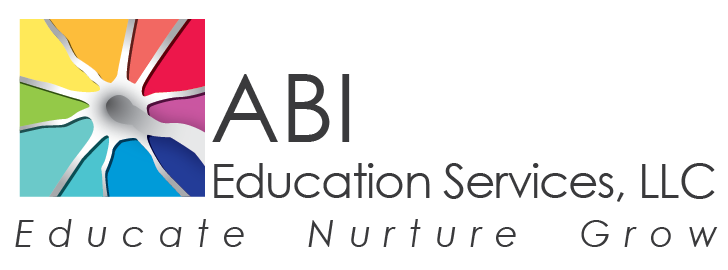Helping Students in School with Attention after Traumatic Brain Injury or TBI
Attention after Traumatic Brain Injury (TBI) for Students
Many students who are children and adolescents have difficulty with attention after sustaining a traumatic brain injury (TBI). This can have serious effects on their ability to pay attention in class, study effectively, do homework and succeed in school. Teachers can help these students improve attention by modifying their instructional techniques and helping students use compensatory strategies.
Strategies to help students with attention deficits after TBI
There are two components to attention, alertness and focus. Alertness can mean whether or not the brain is functioning to learn. Focus can refer to the quantity and quality of sustained mental activity. In order to be able to focus, a child has to be aware of and understand his/her behavior and be capable of processing information. This is where the child with a brain injury or TBI can run into problems with classroom learning because attention deficit issues are a prominent challenge after brain injury.
Strategies that the teacher can utilize to help with the student with attention deficit problems can include:
Planning demand attention during times the child or adolescent is most receptive to the information.
Limiting the length of demand attention based on the student’s age. Keep instruction short and sweet. For example, limit instruction to 6 minutes of demand attention with a 6 year old.
Using an external timer to structure a child’s on-task behavior.
Redirecting/refocusing the child to on-task behavior.
Keeping the child’s workspace environment uncluttered and organized to prevent distractions.
Making the lesson plan relevant and enriching to help the child want to learn.
Summarizing information presented in the lesson plan.
Teaching the child how to self-monitor his/her behavior and stay on-task by establishing cues to help remind him/her. For example, placing a picture on the student’s desk as a signal to pay attention.
Using preferential seating for the student away from windows and doors and seating the student near the teacher.
Permitting the child to take scheduled breaks during the school day.
Keeping a log/journal of material covered daily in the class to reinforce acquisition of information.
Using headphones when working on the computer or listening to books on tape.
Praising on-task behavior. Praising the child will reinforce positive behavior. This praise should be immediate.
Involving the student in lesson plan presentation.
Providing peer assistance in note-taking.
Conclusion
By using these strategies, teachers and other educators can help students with traumatic and other types of acquired brain injuries address challenges in attention, improve performance in the classroom, and help them success in school.
About the Author
Dr. Kimes is the President of ABI Education Services, LLC a consulting business that addresses the educational needs of children and adolescents with acquired brain injury (ABI).
